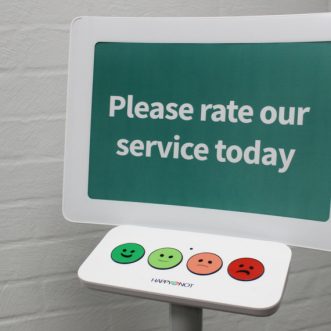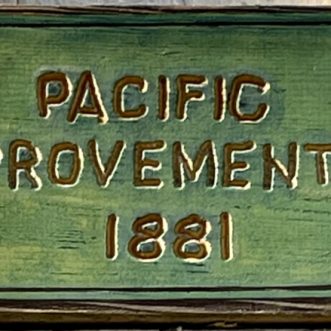
Keep it simple, stupid
I’m facing a really interesting challenge at the moment.
Over many years I’ve developed a methodology, notation and software for capturing a Customer Experience Score in a way that suits people rather than machines. My notation is very simple. There aren’t many rules, and even those are only casually enforced.
This is because it’s all about making it easy for ordinary mortals. Whether that’s a business owner wanting to capture their desired customer experience or one of their colleagues wanting to learn what’s needed to deliver that experience. My aim is to make the software easy to learn and easy to use, and above all flexible so that the people using it can start scrappy, and build up to whatever level of detail works for them.
My challenge now is that some of those humans want to generate something more formal from their Score, something that needs clear rules to produce an output.
It’s interesting because it’s showing me how fuzzy (and sometimes inconsistent) my logic is. This is fine for humans, because humans are perfectly capable of interpreting fuzziness, and in any case I want to leave plenty of room for interpretation. It’s not so fine for software.
One approach would be to make the tool more rigorous, more constrained, more precise. In other words, to make it more machine-like. But that would mean adding levels of detail that would soon become excruciating for any ordinary mortal.
No, my work is all about liberating humans to be human, so I have to find another way, and I think it’s this: If humans are good with fuzziness and nuance, and machines are not, let the machine ignore all that and concentrate on the essentials.
For stupid machines, the answer might just be to keep it simple.









